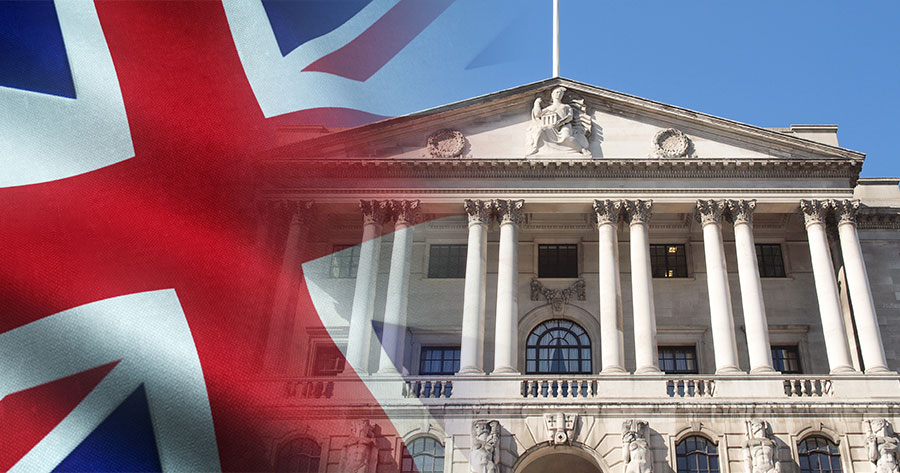The inflation rate in the UK decreased to its lowest level since September 2021, falling to 3.2% in March from 3.4% in February, as reported by the Office for National Statistics (ONS). This decline, although marked, did not meet the City’s expectations of a more significant drop to 3.1%, raising concerns about the persistently high inflation levels.
The inflation rate peaked at 11.1% in October 2022 following the global increase in energy prices due to the Russian invasion of Ukraine. This spike had detrimental effects on worldwide economic growth, leading the UK into a recession in the latter part of the year. To combat inflation, the Bank of England had raised interest rates to 5.25%, where they have remained unchanged since August after 14 consecutive hikes.
Food inflation also saw a decrease from 5% to 4%, reaching the lowest level since November 2021. This marks the 12th consecutive month of easing from a high of 19.2% in March 2023, which was the highest annual rate in almost fifty years. Despite the steady decline in inflation due to a decrease in energy costs, it has not yet fallen below the Bank of England’s target rate of 2%.
The upcoming April figures, to be disclosed by the ONS in a month, are anticipated to reflect a further decrease in inflation following a significant £238 annual drop in the energy price cap this month. Core inflation, which excludes volatile components such as food and energy and is closely monitored by the Bank’s Monetary Policy Committee (MPC), decreased from 4.5% to 4.2%.
However, inflation within the services sector only saw a modest decline from 6.1% to 6%, which was lower than the market’s expectations.





